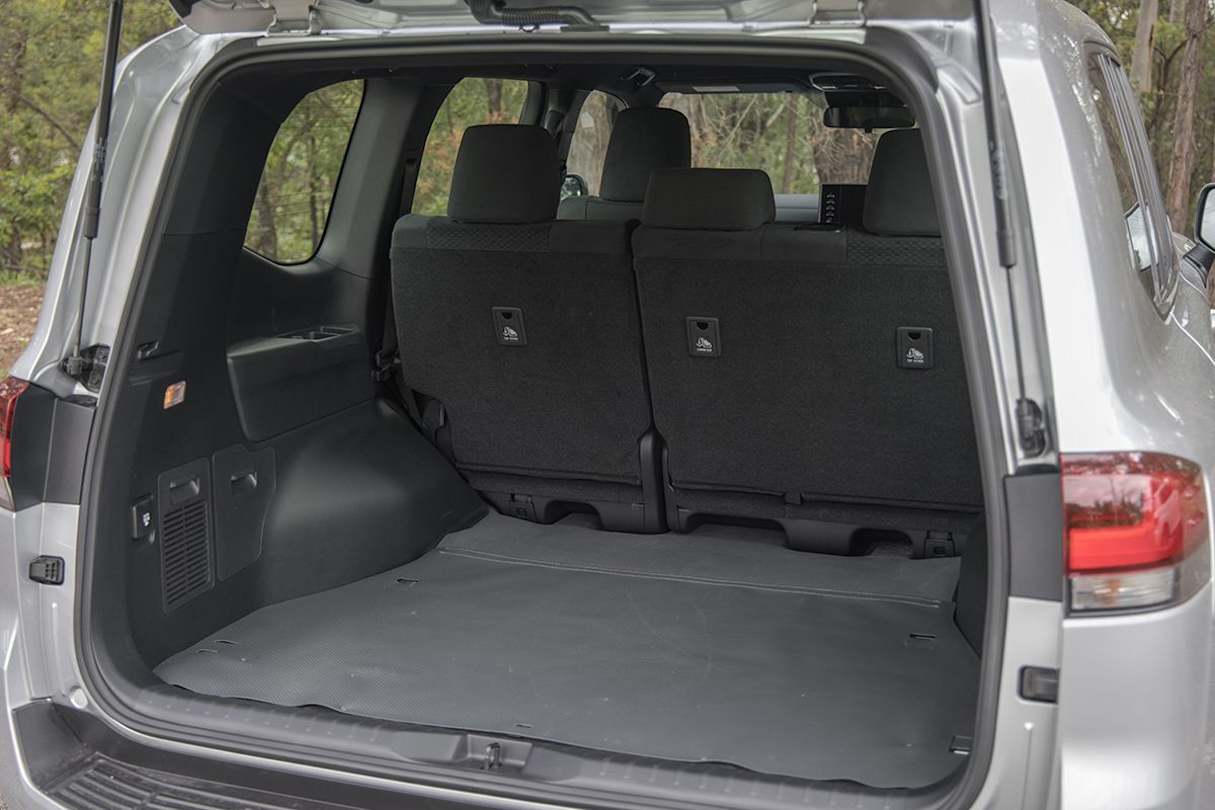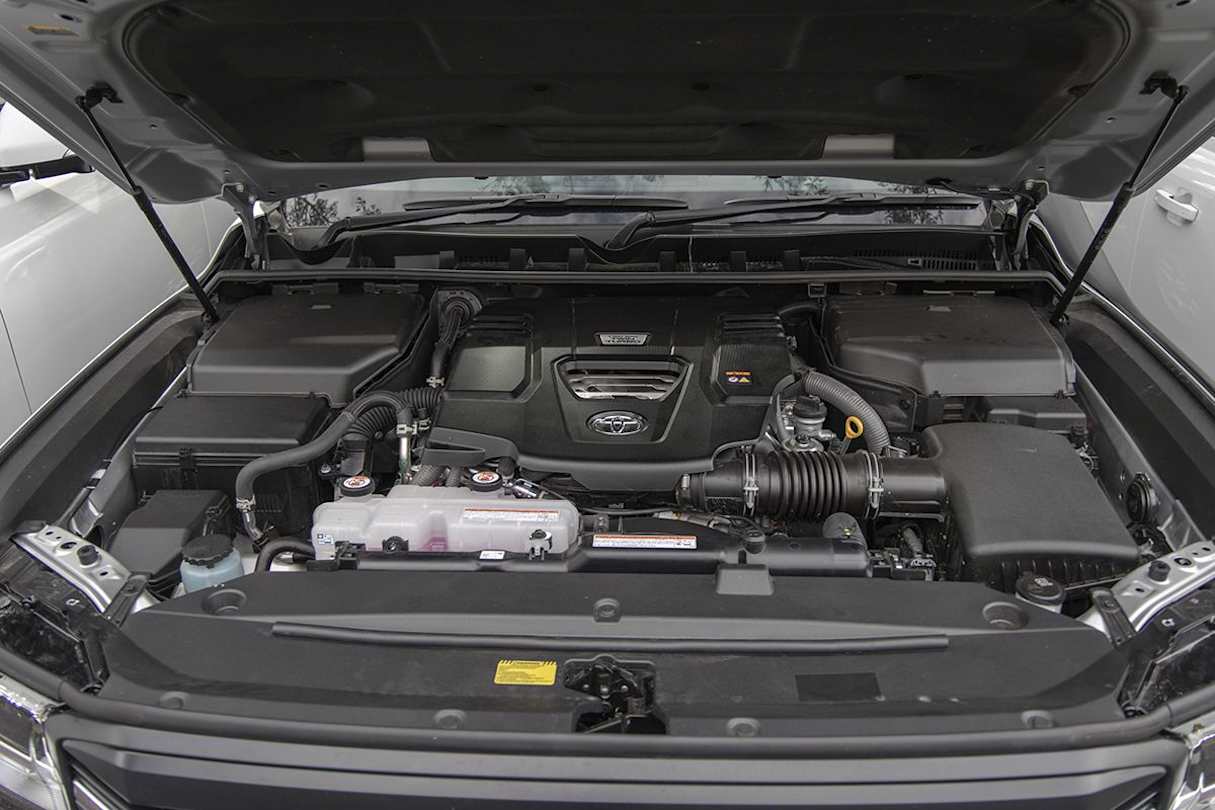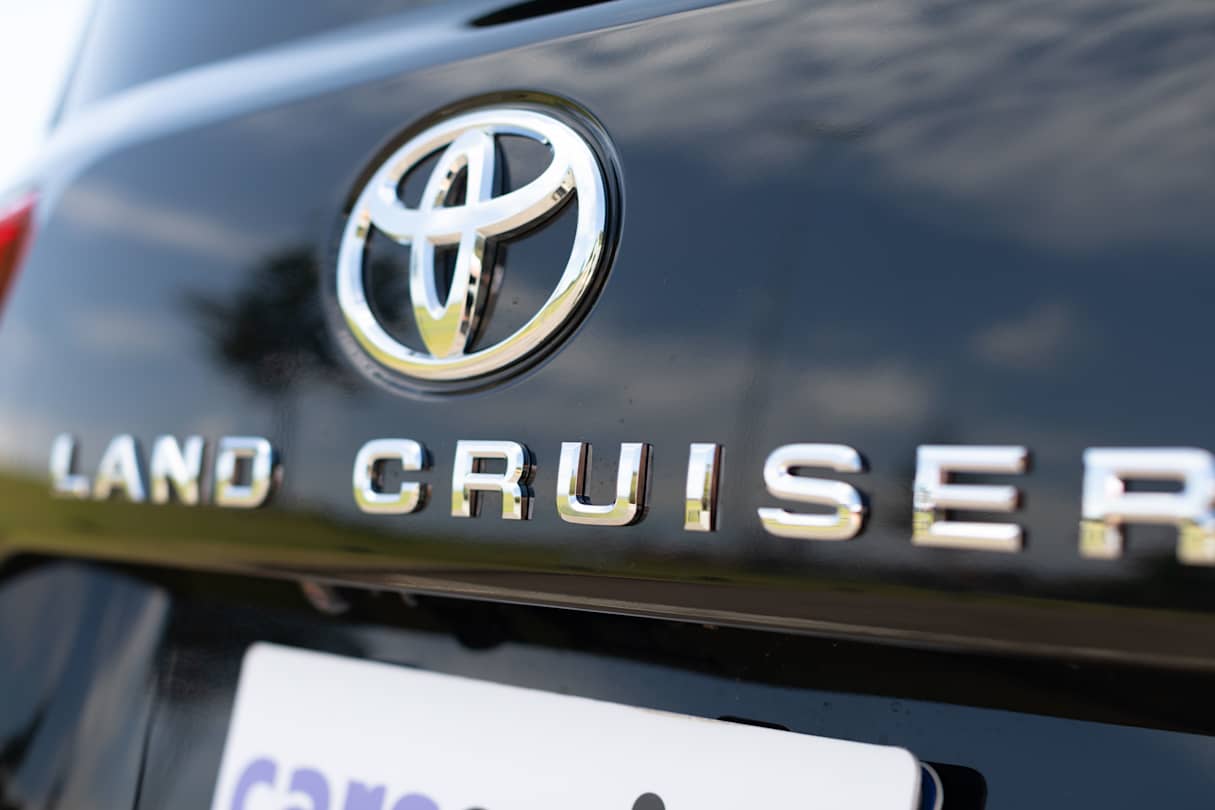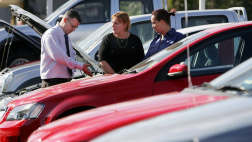Fat tow ratings, hefty payload capacities and locomotive torque to pull that four-wheel caravan or weekend cabin cruiser are the playgrounds for carmakers who devise big 4WD wagons for active buyers.
For Aussies, the choice for years has been the Nissan Patrol or Toyota LandCruiser and although there are new challengers – Ram being an increasingly popular option – the Japanese have a firm grasp of our attention and our wallets.
But the 4WD camp has been divided after Nissan pulled stumps on its diesel and went exclusively petrol in 2017, and Toyota dumped the petrol LandCruiser and stayed with diesel from 2020.
They’re now at opposing ends of the service station’s fuel price totem.
If you look at the sales comparison of the Patrol and LandCruiser in 2021, shows in the two-horse race of the Upper Large SUV segment, Patrol had a 19 per cent slice and Land Cruiser dominated with 81 per cent.
But is the Patrol with its monster 5.6-litre petrol-fuelled V8 that much more expensive to own than the Land Cruiser and its 3.3-litre twin-turbo diesel engine?
Cost
_0.jpg)
First up, the purchase price. The Nissan Patrol starts at $82,160 (plus on-road costs) for the Ti, cheaper than the LandCruiser GX that kicks the Toyota range off from $89,990.
But let’s even things up. To get them close on specifications, and particularly the comfort, safety and convenience items, the Patrol Ti has to be matched up to the LandCruiser GXL. The GX, for example, only has five seats, vinyl floor and 17-inch steel wheels.
.jpg)
So, the $82,160 Patrol Ti has to match up with the $101,790 LandCruiser GXL. Even then, the Patrol has some extra gear – leather-faced seats and trim, tyre pressure monitor, heated mirrors among them.
Now the LandCruiser has a hefty $19,630 price disadvantage. Perhaps this can be offset come time to trade it in, although Glass’s Guide shows that the resale for both wagons is practically identical – 71 per cent retained value for the LandCruiser and 70 per cent for the Patrol (current high-value used-car market prices notwithstanding).
Dimensions
.jpg)
Looking at the pair with a tape measure, and the LandCruiser is shorter than the Patrol (by 195mm); narrower (by 15mm); lower (by 10mm); and sits on a wheelbase that is 225mm shorter than the Patrol.
The Toyota is also lighter (by about 220kg) than the hefty Nissan; has a lower gross combination mass of 6750kg compared with the Patrol’s 7000kg; but both share the 3500kg tow rating with the payloads 785kg for the Patrol and 700kg for the Toyota.
The most obvious difference is the cabin packaging. The Patrol is a warehouse and will seat up to eight people, with the luggage space available with the three rows up at a generous 468 litres, while the Toyota is a much smaller 175L.

Pop the third row down and the Patrol gives 1413L (the Toyota offers 1004L) and with the second and third rows folded down, the Patrol gobbles 2632 Land the LandCruiser takes 1967L. So, for the sake of an extra 195mm in length, the accommodation is significantly more generous.

On a space and a value-for-money basis, the Patrol has a significant advantage. It’s likely that the biggest hurdle facing private buyers – given fleet/lease buyers are likely to have vehicle costs paid by the company or employer – is the price of petrol and, more specifically, the Patrol’s thirst.
That’s a big downer. But if you factor in the cheaper purchase price (Patrol Ti versus LandCruiser GXL) the fuel thirst may be at best inconsequential, or at worst a few extra dollars a week.
Fuel costs

Toyota claims that the LandCruiser 300, with its 3.3-litre V6 bi-turbo diesel, will average 8.9 litres per 100 kilometres.
Over at Nissan, it’s 5.6-litre petrol V8 is said to average 14.0L/100km.
Note that fuel prices are currently high (er, exorbitant) and that the usual higher cost of diesel has turned around and petrol is more expensive. That doesn’t help the Patrol, hit not only by the high prices and its high fuel consumption, but also the fact it needs a minimum of 95RON (premium unleaded).
How much will this cost the Patrol owner compared with the GXL owner? Actually, not that much.
The data is based on driving the average of 12,000km a year. Let’s call the average diesel price at $1.80 a litre, and premium unleaded petrol at $1.90/L.

First the Patrol. At 12,000km a year it will drink 1680 litres with the annual fuel bill totalling $3192.
The LandCruiser will consume 1068 litres of diesel over 12 months (assuming the same 12,000km distance), costing $1922.40 a year.
That means the difference per year in fuel bills is $1269.60.
But wait! Remember that the Patrol cost $19,630 less than the LandCruiser? Put that in the bank and draw down on it every time you take the Patrol to the service station and it will be a staggering 15 and a half years before it’s spent.
In other fuel-related news, the Patrol has a bigger fuel tank (because it needs it) at 140 litres, compared with the LandCruiser at 110 litres. The range, based on the fuel averages, are 1236km for the LandCruiser and 1000km for the Patrol.
Ownership costs

Toyota charges $375 for each service under its five-year capped-price service program. That’s for each service, and you need one every 10,000km or six months.
The annual charge for the standard service (plus any extra fluids of parts) is $750. The three-year bill, at a minimum, will be $2250.
Over at Nissan, the Patrol can get by on one service a year, as long as you've travelled than 10,000km. Nissan charges $393 for the first year, $502 for the second and $483 for the third. Subsequent years of the six-year capped-price program are $791, $425 and $622. Brake fluid changes are mentioned as extras needed every two years and at $72 each.
Over three years, you’re looking at $1425 (plus whatever rears its ugly head).

Toyota has a five-year, unlimited distance warranty and if you keep servicing at a Toyota dealer, the warranty can be extended to seven years. Toyota does not have a free roadside assistance program although one is available to purchase.
Nissan also has a five-year, unlimited distance warranty but adds free roadside assistance over that time.
Taking the service bill into consideration, the three-year ownership and fuel cost of the Patrol is $11,001. The LandCruiser is $8017.
The difference is $2984, making the Patrol that much dearer to run over three years than the LandCruiser.
And back to the all-important purchase price difference. With that $19,630 “saving” made by choosing the less-expensive Patrol Ti over the LandCruiser 300 GXL, there’s plenty of “free” time.
It means that with the purchase-price saving, it would take 6.5 years before the price difference would be extinguished.
Verdict
Nothing is what it may at first appear. The Patrol may have been grossly overestimated as an expensive alternative to the LandCruiser, but in fact it’s financially on a much more attractive footing.
You could live with the Patrol for 11 years, copping the fuel thirst and the more frequent visits to the service station, before the price difference would be evaporated.
Now that the fuel monster has been put to bed, it basically comes down to the availability of the vehicle (both the Patrol and 300 have hefty wait times) and which one you prefer.





_0.jpg)
.jpg)
.jpg)






.jpg)
.jpg)




_0.jpg)


.jpg)
.jpg)




